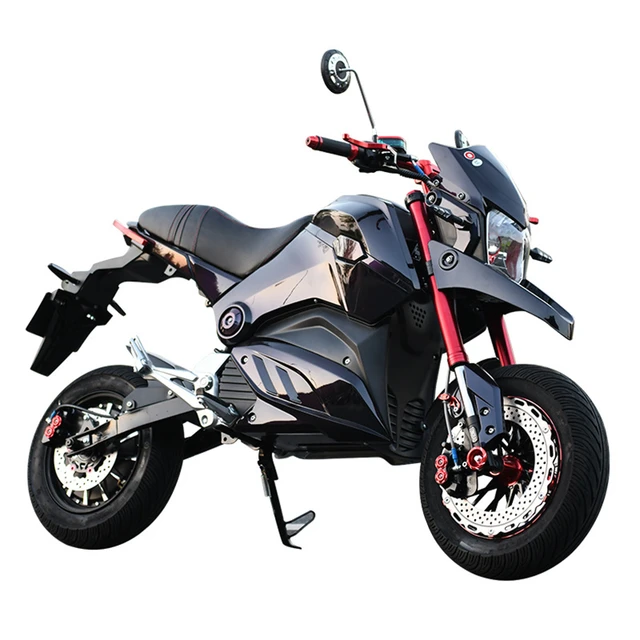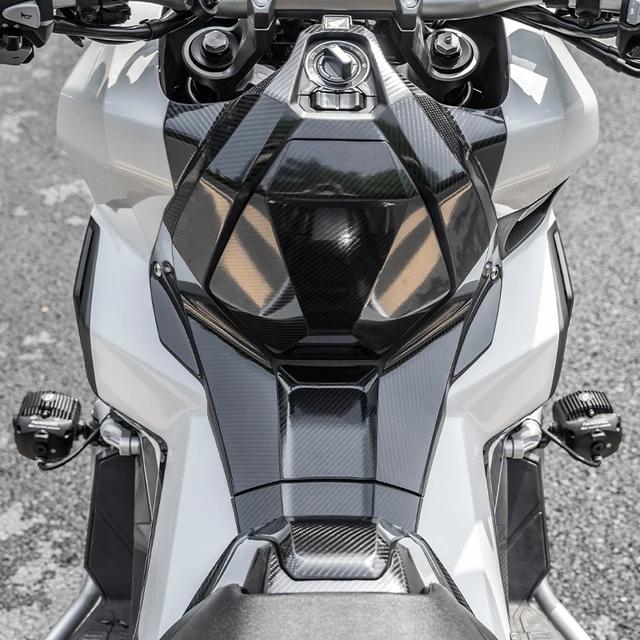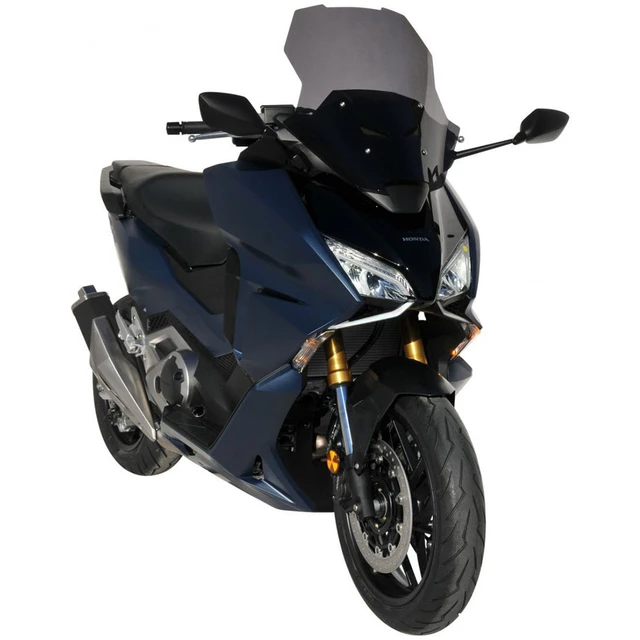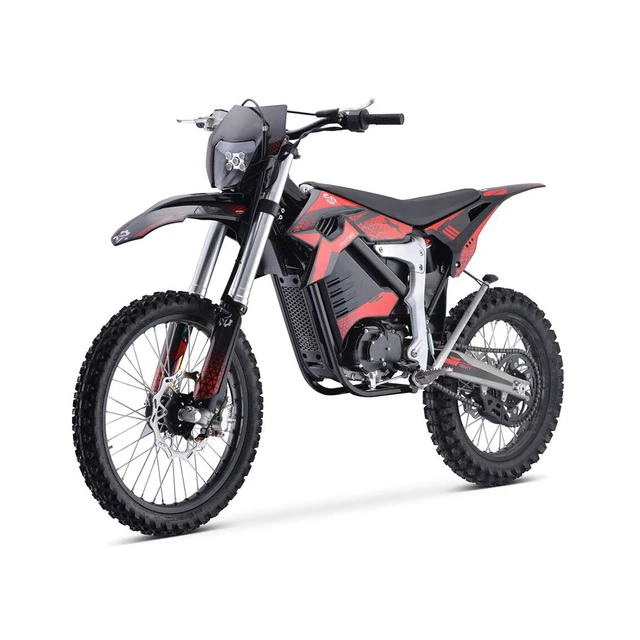Introduction:
Ensuring a Safe and Secure Journey for Your Motorcycle
Whether you’re moving to a new location, taking your motorcycle on a road trip, or need to transport it for maintenance or repairs, knowing how to safely transport your beloved two-wheeled companion is crucial. Properly preparing, securing, and loading your motorcycle can help prevent damage and ensure a smooth journey. This comprehensive guide will walk you through the step-by-step process of safely transporting a motorcycle. From gathering the necessary equipment to securing your bike for transit, discover the best practices to transport your motorcycle with confidence and peace of mind.

Transporting a Motorcycle: Safely Moving Your Motorcycle
-
Preparing for Transportation: Gathering the Essential Tools and Equipment
a. Motorcycle trailer or truck: To transport your motorcycle, you will need a suitable trailer or truck. Look for a trailer specifically designed for motorcycles, ensuring it offers proper support and secure tie-down points. Alternatively, a truck equipped with a motorcycle ramp can be used.
b. Loading ramp: A sturdy loading ramp is essential for safely getting your motorcycle onto the trailer or truck. Ensure it is wide enough and has a sufficient weight capacity to handle your bike’s size and weight.
c. Tie-down straps: Invest in quality tie-down straps that are specifically designed for motorcycles. These should be strong, durable, and equipped with reliable hardware such as hooks or carabiners.
d. Protective coverings: Consider using protective coverings, such as blankets or motorcycle-specific covers, to shield your bike from any potential scratches or debris during transportation.

-
Securing the Motorcycle: Proper Techniques for a Secure Journey
a. Working in a stable area: Find a flat, stable area for loading and securing your motorcycle. This will help prevent accidents and ensure a secure, upright position.
b. Inspecting your motorcycle: Before transport, perform a thorough inspection of your motorcycle. Check for any damage, loose parts, or fluid leaks. Address any issues before loading it onto the trailer or truck.
c. Positioning the motorcycle: Carefully position your motorcycle on the trailer or truck, ensuring it is centered and balanced. Avoid placing excessive weight on either the front or rear end to maintain stability during transit.
d. Attaching tie-down straps: Starting with the front end, attach a tie-down strap to the handlebars or triple clamp area. Tighten the strap, ensuring it is secure but not overtightened to avoid damaging the motorcycle’s suspension. Repeat this process for the rear end, securing the strap around a sturdy part of the frame or rear subframe.
e. Distributing tension evenly: Once the tie-down straps are attached, evenly distribute tension on both sides. This ensures the motorcycle remains stable during transportation. Periodically check the straps during transit to ensure they remain secure.

-
Loading and Unloading Your Motorcycle: Safety Protocols for a Smooth Process
a. Loading the motorcycle: Slowly and methodically guide your motorcycle up the loading ramp, ensuring stability and control at all times. Use your legs to support the bike’s weight and maintain balance during the ascent.
b. Securing the motorcycle during loading: As you load your bike onto the trailer or truck, have a trusted assistant help stabilize it from the rear or handlebars. Work together to safely guide the motorcycle up the ramp and into position.
c. Unloading the motorcycle: Reverse the loading process to safely remove the motorcycle from the trailer or truck. Gradually descend the ramp, with your assistant providing support and guidance from the rear or handlebars.
d. Clearing the area: After unloading, carefully maneuver the motorcycle away from the trailer or truck, ensuring a safe distance is maintained. Store the ramp and any other equipment out of the way to prevent tripping hazards.
-
Additional Tips and Considerations: Ensuring a Stress-Free Transport
a. Check local regulations: Before transporting your motorcycle, familiarize yourself with local regulations and requirements concerning trailer size, weight restrictions, and any specific laws related to transporting motorcycles.
b. Secure loose items: Ensure that any loose accessories, such as saddlebags or other removable parts, are properly secured or removed before transport. This prevents loss or damage during transit.
c. Maintain a safe driving speed: Slow and steady wins the race when it comes to safely transporting a motorcycle. Maintain a safe and controlled driving speed, avoiding sudden, jerky movements or excessive speed that could destabilize your motorcycle.
d. Regularly inspect tie-down straps: During breaks, periodically inspect the tie-down straps to ensure they remain secure and properly tensioned. Make any necessary adjustments to maintain a secure fit.

-
Safety Measures and Considerations: Protecting Your Motorcycle and Others
a. Checking towing vehicle capacity: Before transporting your motorcycle on a trailer, ensure that your towing vehicle has the appropriate capacity and towing capabilities. Exceeding the recommended weight limits can compromise safety and stability during transportation.
b. Securing loose parts: Ensure that all loose parts, such as mirrors or detachable fairings, are properly secured or removed before transportation. This minimizes the risk of damage to both the motorcycle and other vehicles on the road.
c. Reflective markings and flags: Attach reflective tape or markings to the motorcycle and trailer to enhance visibility, especially during nighttime or low-light conditions. Additionally, using an orange safety flag on the rear of the trailer alerts other drivers to the presence of your motorcycle.
d. Safe driving practices: When transporting a motorcycle, maintain a safe distance from other vehicles, avoid sudden braking or acceleration, and adhere to all traffic laws. Be mindful of the extra length and weight of the trailer, allowing for ample stopping distance and increased maneuvering space.
e. Regular maintenance checks: Prior to transportation, ensure that your motorcycle is in optimal condition. Check the tire pressure, fluid levels, and perform routine maintenance tasks to minimize the risk of mechanical issues during transit.
-
Alternative Transportation Options: Professional Assistance and Shipping Services
a. Motorcycle shipping companies: If you prefer not to transport your motorcycle yourself, consider hiring a professional motorcycle shipping company. These specialized services have experience in handling and securing motorcycles for transport, ensuring proper care and minimizing the risk of damage.
b. Crate shipping: Another option is crating your motorcycle for transportation. This involves placing your bike in a sturdy crate with protective padding and securing it for shipping. Crate shipping provides an added layer of protection and can be an ideal choice for longer distances or international transportation.
c. Insurance coverage: Whether you decide to transport your motorcycle yourself or use a professional service, consider obtaining insurance coverage to protect your bike against any potential damage or loss during transit. Review your insurance policy or consult with your provider to determine the extent of coverage during transportation.

Conclusion: Your Motorcycle’s Safe Voyage Awaits
Transporting your motorcycle doesn’t have to be a daunting task. By preparing adequately and following the proper procedures, you can ensure a safe and secure journey for your two-wheeled companion. From gathering the essential tools and equipment to securing the motorcycle properly, you can transport it with confidence and peace of mind. By adhering to safe loading and unloading practices and considering additional tips, you can make the transportation process stress-free and enjoyable. With these guidelines, every time you transport your motorcycle, you can rest assured that it will arrive at its destination unscathed, ready to hit the open road once again.
